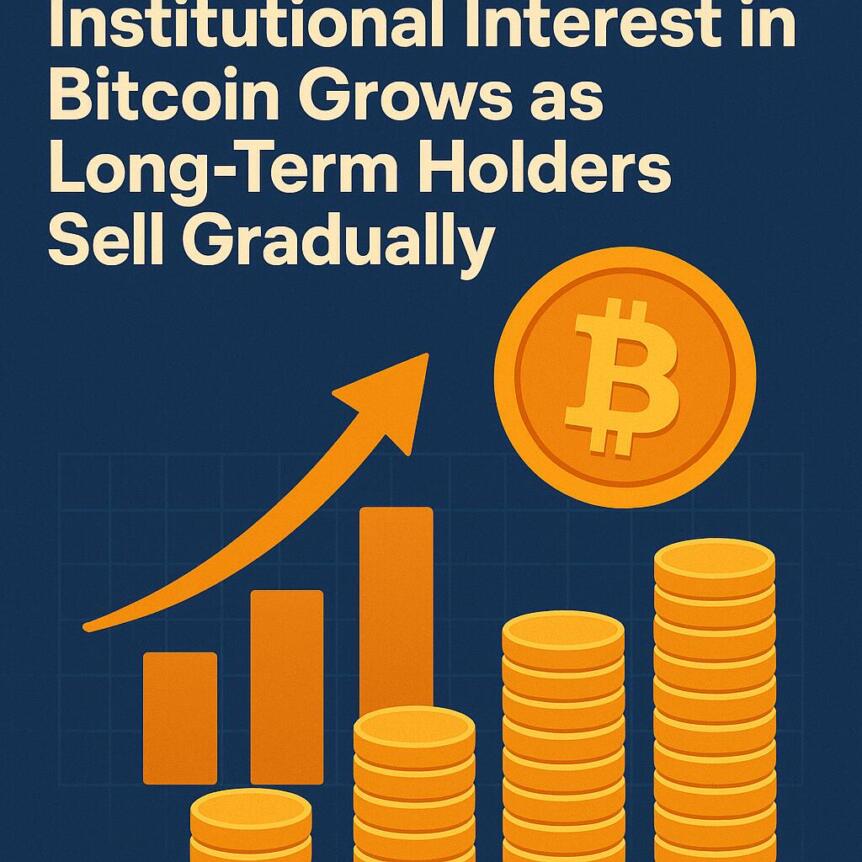Vitalik Buterin Reveals Ethereum’s Long-Term Focus on Quantum Resistance
TLDR
- Ethereum focuses on quantum resistance to secure the blockchain’s future.
- Vitalik Buterin outlines Ethereum’s long-term development with security goals.
- Ethereum aims for improved transaction efficiency and layer-2 scalability.
- Ethereum maintains a strong market position with price stability above $4,000.
Vitalik Buterin, the co-founder of Ethereum, has shared insights into the blockchain’s long-term development. During a recent presentation at the Japanese Developer Conference, Buterin revealed that Ethereum is working toward quantum resistance as part of its long-term roadmap. The goal is to ensure that the network remains secure in the face of emerging quantum computing technologies.
Quantum Resistance in Ethereum’s Long-Term Vision
Buterin explained that Ethereum’s primary long-term focus is to protect the network from potential threats posed by quantum computing. Quantum computers, with their superior processing power, could potentially break traditional cryptographic systems.
To counter this, Ethereum is investing in methods that can verify the safety and reliability of its protocols, making the blockchain resistant to future technological advancements.
The development will involve mathematical approaches to reinforce the security of Ethereum’s code and network. Buterin emphasized that while security is a central concern, Ethereum’s goal is to maintain simplicity. The focus is on ensuring that Ethereum remains user-friendly, efficient, and easy to maintain without sacrificing security.
Ethereum’s Immediate and Mid-Term Development Plans
In addition to quantum resistance, Ethereum’s short- and mid-term plans focus on enhancing transaction efficiency and speed. Buterin noted that improving transaction times on the main blockchain is a priority in the short term. This work will extend to layer-2 networks, which are expected to further enhance Ethereum’s scalability.
Layer-2 solutions are critical in enabling faster and more efficient transactions. Buterin has previously discussed the need for layer-2 solutions to leverage Ethereum’s layer-1 network for data security and verification. These solutions aim to improve Ethereum’s scalability while ensuring the integrity and safety of transactions.
Ethereum’s Performance in the Market
Despite market fluctuations, Ethereum has maintained a strong position, with its price staying above $4,000. As of mid-September 2025, Ethereum was trading at $4,492.15, showing a slight increase in value. Analysts predict that the price could rise further, potentially reaching $5,500 by October.
Ethereum’s stability in the market comes amid ongoing development and strategic focus on scalability and security. These factors are expected to play a role in Ethereum’s continued growth as it adapts to both market conditions and technological advancements like quantum computing.
The post Vitalik Buterin Reveals Ethereum’s Long-Term Focus on Quantum Resistance appeared first on CoinCentral.
You May Also Like

Institutional Interest in Bitcoin Grows as Long-Term Holders Sell Gradually

Satoshi-Era Mt. Gox’s 1,000 Bitcoin Wallet Suddenly Reactivated
